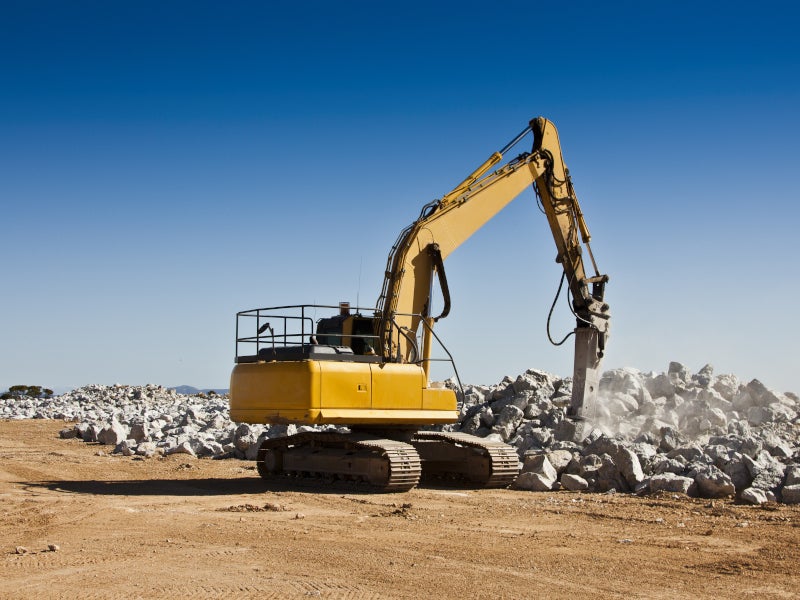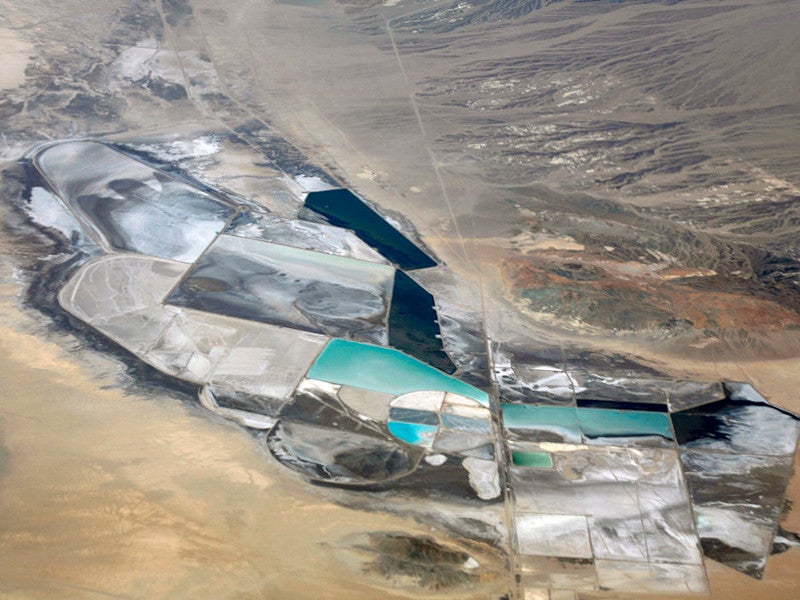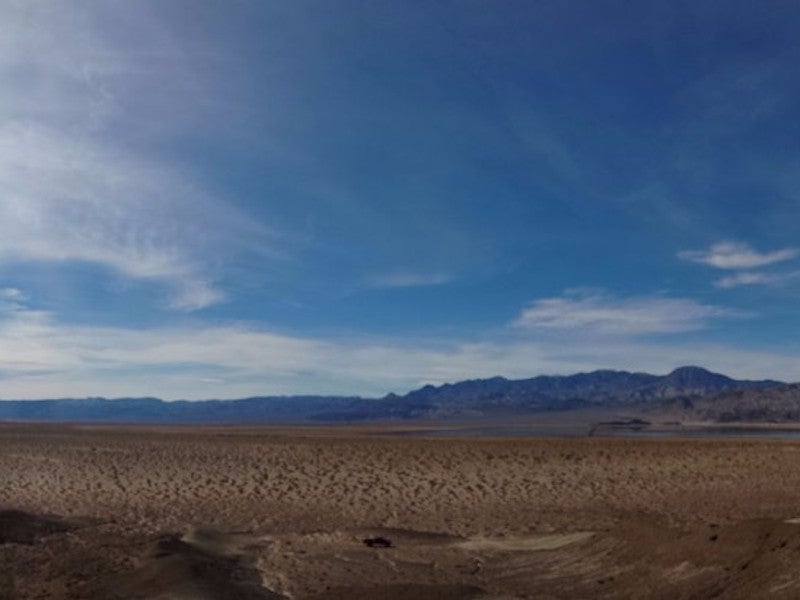The Clayton Valley lithium project is a lithium-bearing claystone deposit planned to be developed in Clayton Valley, in the Esmeralda County of Nevada, US.
The project is 100% owned by Cypress Development Corporation which will also develop the mine. A pre-feasibility study (PFS) for the project was completed in May 2020.
The capital expenditure for the Clayton Valley lithium mine is estimated to be £406m ($493m) and the project is expected to produce 27,400 tonnes (t) of lithium carbonate equivalent (LCE) a year over an estimated mine life of 40 years.
Location, geology, and mineralisation
The Clayton Valley lithium-bearing claystone deposit is situated in central Esmeralda County, immediately east of Albemarle’s Silver Peak lithium brine operation.
The project area covers approximately 5,430 acres within the Clayton Valley, approximately 352km to the southeast of Reno. The mining town of Tonopah is located approximately 56km northeast of the project site and the village Silver Peak lies 16km west of the mine site.
The project is also located adjacent to the 23,300-acre Clayton Valley lithium brine project being developed by Pure Energy Minerals.
The Clayton Valley lies within a closed basin near the southwestern margin of the Basin and Range province in western Nevada.
The uplifted basement rocks of Angel Island comprising metavolcanic and clastic rocks, and colluvium dominate the western portion of the project area, while the southern and eastern portions are dominated by uplifted, lacustrine sedimentary units of the Esmeralda Formation.
Lithium resources at the deposit are found hosted in tuffaceous mudstone, claystone, and siltstone. The lithium mineralisation occurs within montmorillonite clays throughout the sediments to a depth of at least 120m.
Lithium reserves at the Clayton Valley project
The Clayton Valley project is estimated to hold 222.8 million tonnes (Mt) of proven and probable ore reserves grading 1,141ppm lithium and containing approximately 1.35Mt of lithium carbonate equivalent (LCE).
The measured and indicated resources at the deposit are estimated to be 593.3Mt grading 1,073ppm lithium.
Mining and ore processing
The open-pit mining method will be implemented at the Clayton Valley lithium project. The ore material will be extracted by a 12m³ hydraulic track excavator and removed from the pit using semi-mobile feeder-breaker and conveyors. The stripping ratio will be 0.15:1, and the lower grade claystone will be hauled to a waste dump with the use of scrapers. The mine will not require any drilling or blasting operations.
The initial mining plan is based on a daily mill feed rate of 15,000 tonnes per day (tpd). The extracted ore will be sent to a nearby processing plant where it will be leached with dilute sulphuric acid leach followed by filtration, solution purification, concentration, and electrolysis for the production of lithium hydroxide.
Infrastructure facilities
The Clayton Valley project area is accessible from Tonopah via the US Highway 95 and the Silver Peak Road.
A 2,500tpd acid plant to produce sulphuric acid by burning elemental sulphur will be built on-site as part of the project. The generated steam in the process will be used to heat the leach tanks.
The acid plant will also be equipped with a 27.5MW power generation facility. The additional electricity requirement for the project will be supplied by the local utility NV Energy.
The water requirement for the project will be sourced from a wellfield situated approximately 10km away from the project site.
The other infrastructure facilities for the project will include a tailings storage facility located to the south of the plant site, as well as an administration building, laboratory, warehouse, reagent storage, mine shop, and fuel and reagent storage facilities.
Contractors involved
Continental Metallurgical Services (CMS) and Global Resource Engineering (GRE) prepared the pre-feasibility study report for the Clayton Valley lithium project.
GRE provided the mineral resource estimate, while NORAM Engineering and Constructors, and CMS designed and tested the flow sheet for the lithium recovery for the project.





